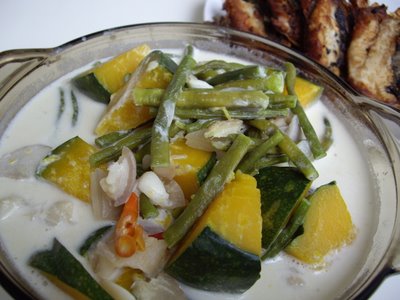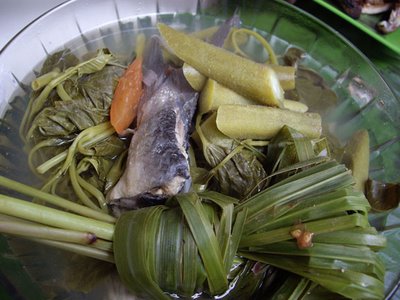
My first taste of teriyaki was back in UP, from one of the outlets in CASAA. Back then though, owing perhaps to the constraints of affordability, time and effortlessness, CASAA teriyaki were not grilled but were stir-fried (quite like bulgogi) on flat, stove-top griddles. Instead of whole chicken thighs or breast cutlets we got strips. Back then too, a set of beef teriyaki with sauteed mongo sprouts and a cup of rice, takeout (that costs higher than dine-in because you pay for the styro pack) is a measly P24.00!
Ah, those were the days. All I had to think about was how to budget my baon and how to make it through my next Calculus exam!
But going back on track, here's my recipe for Teriyaki. A cross between the budget-conscious UP version I loved and the sosy version everybody loves.
What's In It?
2 chicken breasts, skinned, deboned and cut into bite-sized strips
1/3 c light soy sauce
1 T brown sugar
2 T corn oil
1 T vinegar
1/2 t ground ginger
1 clove garlic, minced
Kitchen Conjugations:
Combine the ingredients in a bowl and chill in the refrigerator overnight. Heat about 1 teaspoon of cooking oil in a wok then stir-fry the marinated meat for 2 minutes. Add a little of the marinade when the meat gets done and simmer for 2 minutes more.
Serve hot with sauteed mongo sprouts with steamed rice and a garnish of onion leek strips.
--------
How is this different from the authentic Japanese version? Well, that one uses mirin (sweet rice wine) and sake (rice wine). Here, those are substituted with vinegar balanced by the brown sugar. And since this is stir-fried, you can easily make it in the morning for school or office baon.





